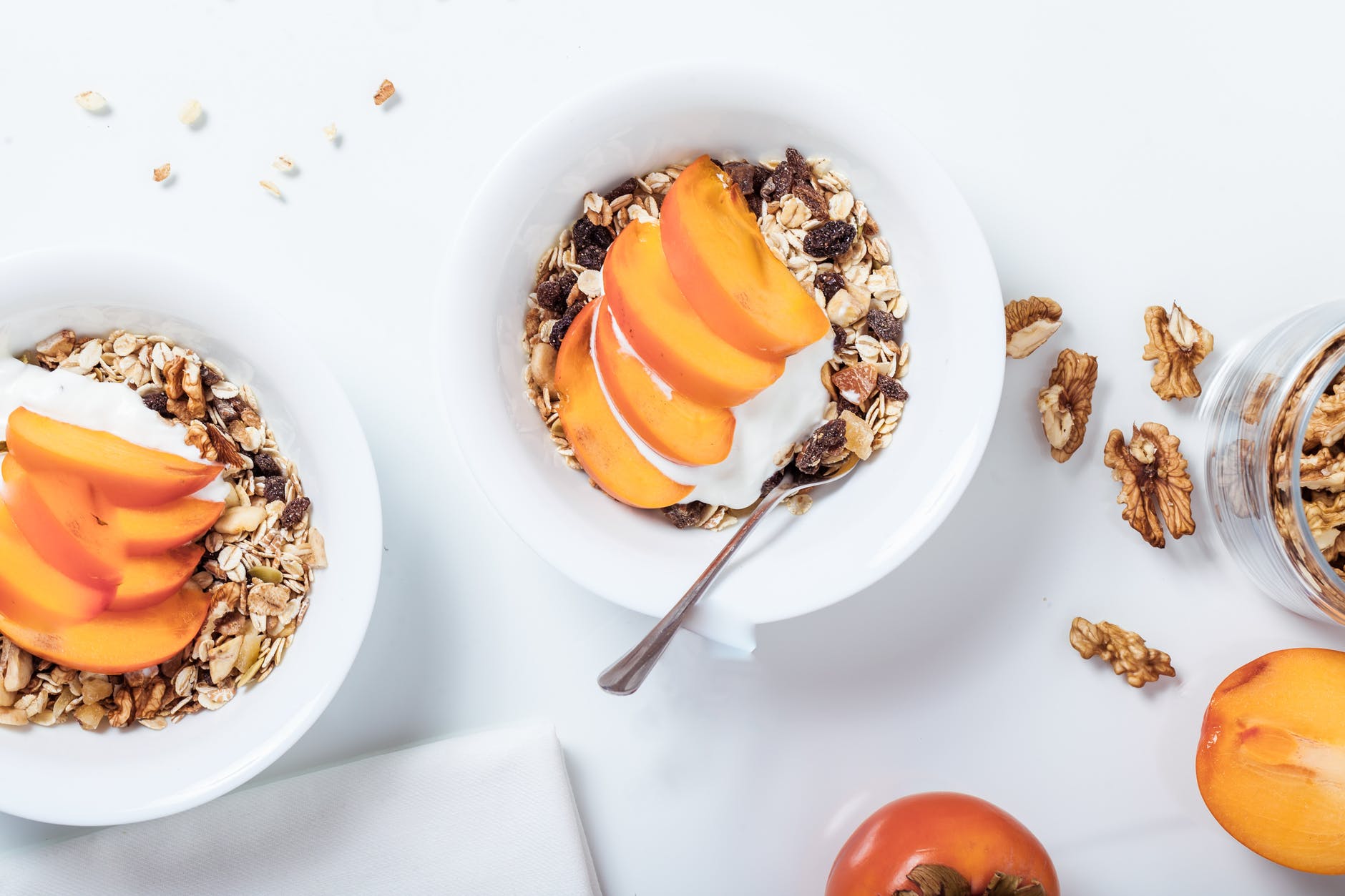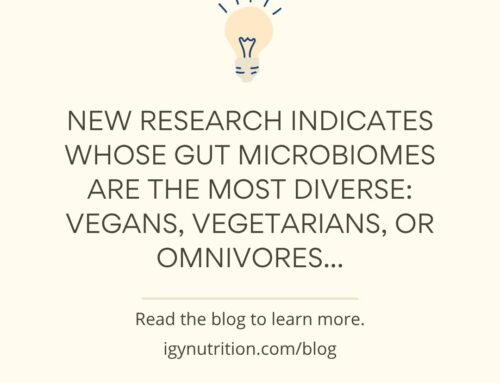It seems like there are an infinite number of potential culprits for gut issues. “Is it something I’m eating? Is it something I’m not eating? What about a medical condition, like a parasite or SIBO? Could it be plain old IBS?”
We know that gut health journeys can be convoluted and that finding the cause of your symptoms may take some work. But one thing that likely contributes to many people’s gut health symptoms is fructose consumption.
It is estimated that about a third of people have what’s referred to as “fructose malabsorption,” meaning they struggle to digest the amount of fructose commonly consumed in a typical westernized diet (1). Check out our last blog to learn more about it.
Do you suspect that you have fructose malabsorption? You can find out what to do about it in this blog. Let’s get started.
Recap: What is Fructose Malabsorption?
Let’s rewind to our last blog and recap why fructose malabsorption can occur.
Scientists argue that our small intestines can process only a certain amount of fructose at a time (2). Fructose seems to be more challenging to digest in excess than other sugars, like glucose. Undigested fructose traveling through the gut can lead to gastrointestinal distress and may perpetuate dysbiosis.
The body seems to tolerate small portions of fructose, somewhere around 25g at a time (2). However, each individual’s own fructose “limit” varies. You’ll have to experiment to discover how much fructose you can personally handle.
To avoid symptoms caused by undigested fructose traveling through the gut, you’ll want to limit the amount of fructose you consume at once. To do that, you’ll have to track your fructose consumption.
Tracking Fructose Consumption
Yeah, yeah, we know. No one likes to count calories or ambiguous food facts like fructose. But don’t worry – we’re here to help.
We recommend starting by spending three days consuming 0-10 grams of fructose per meal. Depending on how you feel, you can slowly increase your fructose limit over time.
To be sure you’re consuming less than 10g of fructose per meal, you’ll need to know which foods are high in fructose. iPhone apps like Cronometer are great tools for tracking the fructose in your meals. All you’ll need to do is enter the food item you plan to consume and scroll to the bottom where it says “fructose” to find out how much fructose is in it.
However, knowing which foods are high in fructose in the first place is helpful, so you don’t have to rely on apps.
Let’s take a look at what types of foods are typically high in fructose (3):
- Soda
- Dried fruit
- High-fructose corn syrup (will be in many processed foods)
- Processed foods that contain added sugar (cereals, granola bars, etc.)
- Sauces that contain added sugar (ketchup, sweetened pasta sauce, etc.)
- Honey and other syrups
- Fruit juices
- High volumes of fruit (try to limit fruit to ½ cup at a time)
- Pastries, ice cream, desserts
Don’t freak out – we see some of our favorite foods here too. Having fructose malabsorption does not mean you need to eliminate these foods forever. You’ll eventually start reincorporating them to discover how much of them you can handle.
Let’s look at a sample 10-day fructose elimination plan.
Round 1: Days 1-3: 0-10g of fructose per meal
- Pick fructose-free carbohydrates like rice and potatoes
- Watch for hidden fructose in nuts
Round 2: Days 4-6: 10-20g of fructose per meal
- Begin to incorporate small portions of fruit and nuts that contain fructose
- Try a small portion of a dessert, such as ½ cup of vanilla ice cream (which has less than 15g of sugar)
Round 3: Days 7-10: 20-30g of fructose per meal
- Evaluate how your body reacts to moderate portions of fructose, such as smoothies, oatmeal with fruit, etc.
Round 4: Days 11-14: 30+g of fructose per meal
- This is where you’ll find out if you’re honestly dealing with fructose malabsorption. Test your body’s limits – give it lots of fructose, and see how it reacts.
If you experience gastrointestinal distress during all four rounds, you likely have a different issue – fructose malabsorption may not be your answer.
On the other hand, if you feel healthy during rounds 1 and 2 but not during rounds 3 or 4, you may struggle with fructose malabsorption.
Continue experimenting to find out how much fructose is right for you. Tag us in your low-fructose meals on Instagram @igynutrition. Thanks, and see you next time!
References




